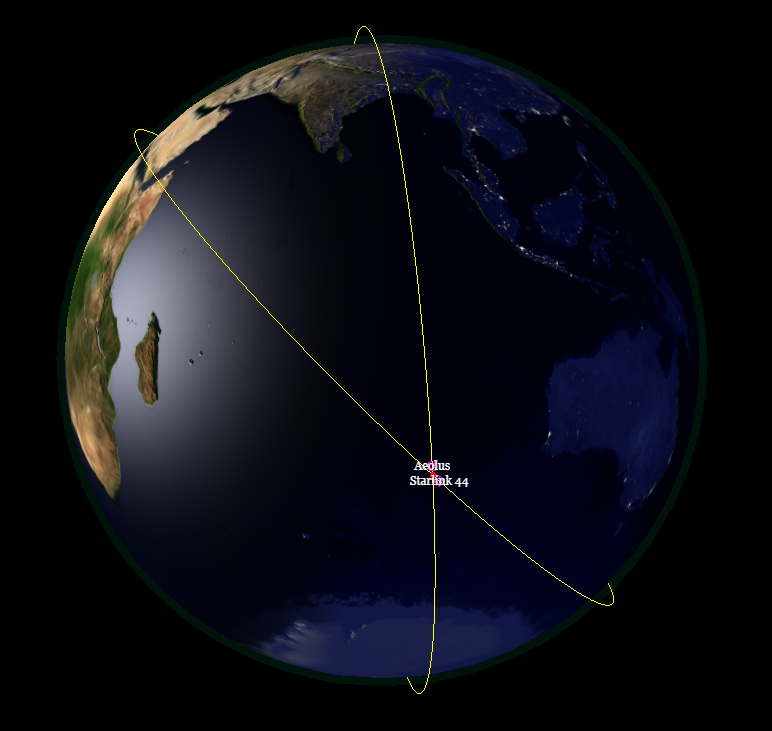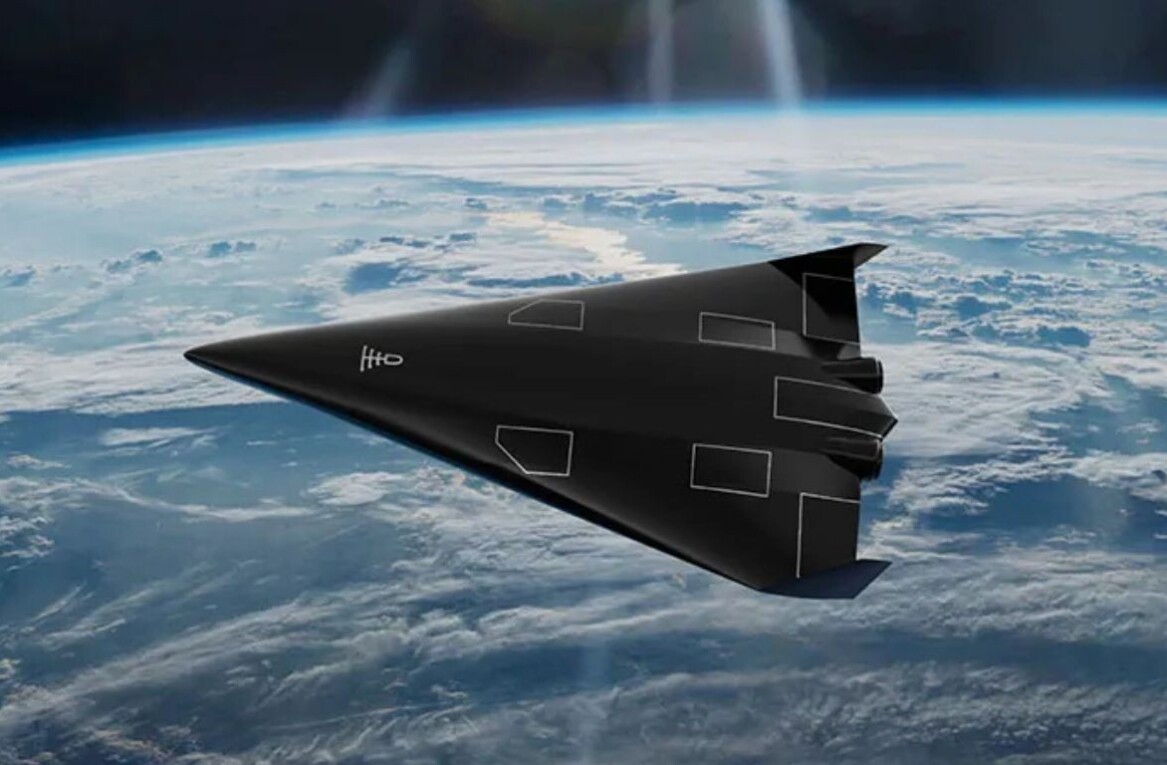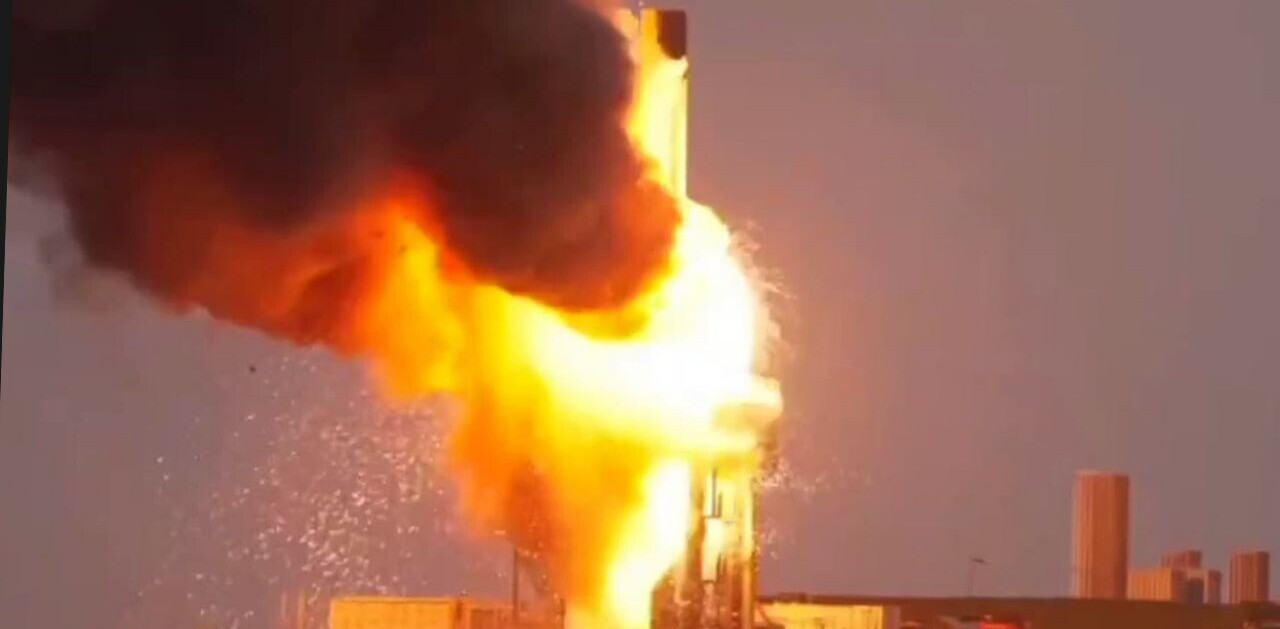
A car-sized spacecraft is falling down to Earth — but there’s a plan to catch it.
Aeolus, the first satellite to directly observe wind profiles from space, is almost out of fuel. Earth’s atmosphere and gravity are now dragging the 1360-kg craft down to our planet at increasing speed.
In the original plan, Aelous was expected to fall naturally back to Earth. But the European Space Agency (ESA) has proposed another idea: an assisted re-entry — the first of its kind.

To reduce the threat of space junk, rockets and satellites are designed to safely reenter Earth’s atmosphere once their missions end.
The rapid descent generates so much heat and friction that smaller objects often disintegrate in the sky — but larger bodies can stay intact. To reduce the risks to human life, these entities need to safely land in uninhabited regions.
Under current regulations, spacecraft must either burn up entirely or undergo a controlled reentry. But Aeolus was designed before these rules were made.

The Aeolus mission was planned in the late 1990s, when there were no guidelines about reentries. At the time, Aeolus was designed to fall on an area of Earth that would be quite random.
To comply with today’s requirements, ESA changed the plan. Mission control will now use the satellite’s last drops of fuel to bring the satellite back to Earth.
“This assisted reentry attempt goes above and beyond safety regulations for the mission, which was planned and designed in the late 1990s,” said Tim Flohrer, head of ESA’s Space Debris Office, in a blog post.
“Once ESA and industrial partners found that it might be possible to further reduce the already minimal risk to life or infrastructure even further, the wheels were set in motion. Should all go to plan, Aeolus would be in line with current safety regulations for missions being designed today.”

Aeolus will first naturally descend from its operational altitude of 320km to a lower orbit. When it reaches an altitude of 280km — a process that can take weeks — ESA will attempt the first re-entry manoeuvres.
A sequence of moves will then bring the satellite down to 150km above Earth. The final, critical commands will guide the satellite to an altitude of 80km, where most of the satellite will burn up in the atmosphere. Some debris, however, may still make it to our planet’s surface.
To avert the extremely remote risk that debris poses to life, ESA is targeting the reentry at a vast expanse of ocean far away from land.
If the manoeuvres are successful, ESA expects to complete the journey in late July or early August. However, as a first-ever attempt at an assisted reentry, it’s not guaranteed to work. If the plan has to be aborted, Aeolus’ natural descent will continue.
But if the mission is accomplished, it will set a new standard for satellite reentry and space junk mitigation.
Get the TNW newsletter
Get the most important tech news in your inbox each week.




